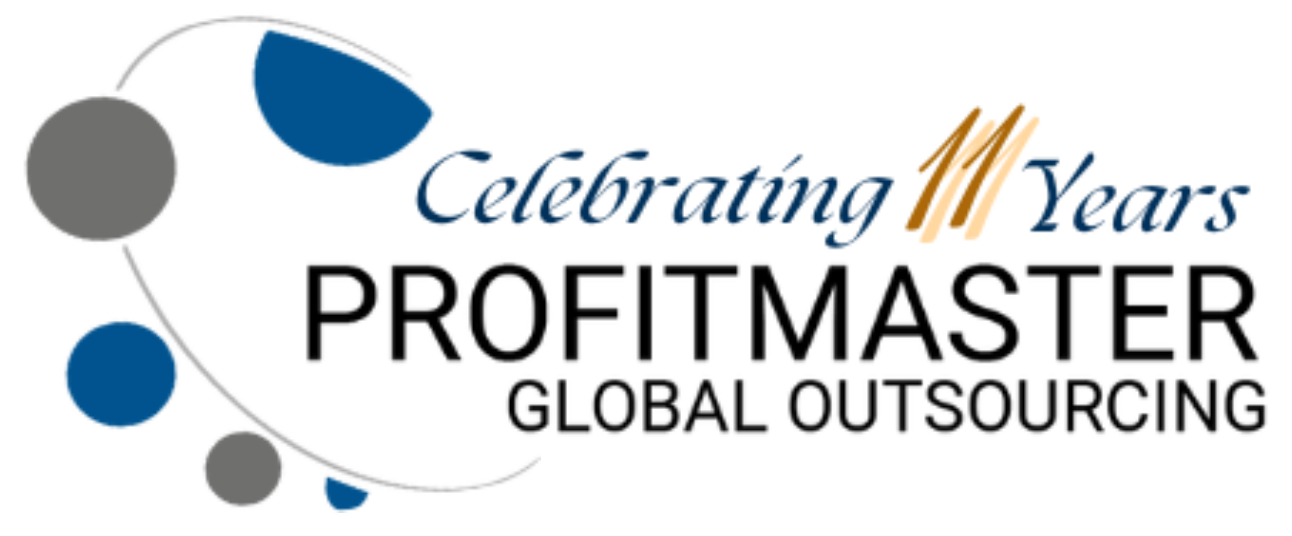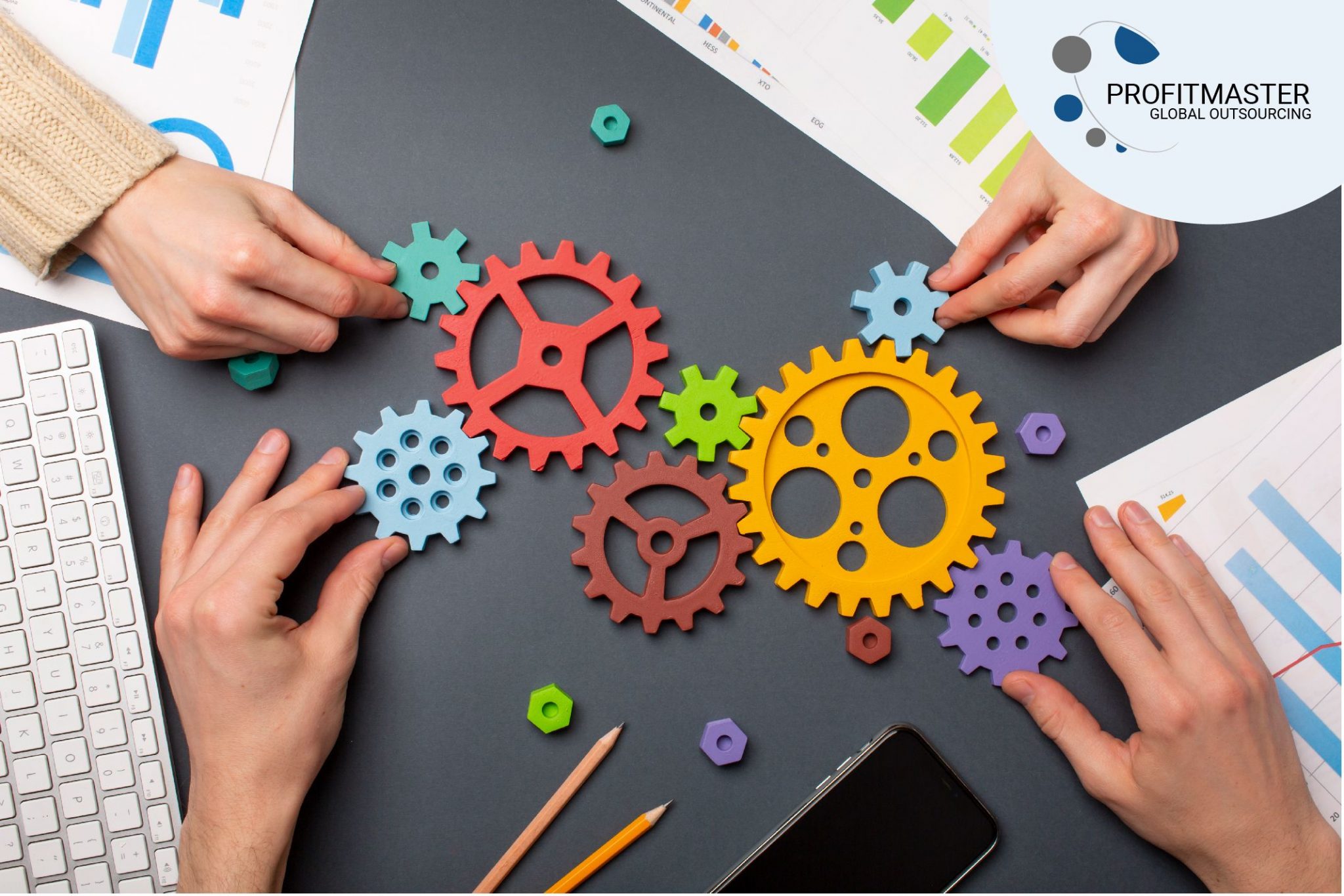Efficiency and productivity are two of the most popular goals among managers today. Everybody wants better results with fewer resources. Because efficiency and productivity are highly sought after they are often mistakenly interchanged.
They are two different things, although closely related.
The Difference Between Efficiency and Productivity
Efficiency is about producing the same output using fewer resources, while productivity is producing more output using the same amount of resources.
- Efficiency is about working smarter while productivity is working harder.
- The first is about quality, the other is about quantity.
- Efficiency is about saving money. Productivity is about making the most of it.
Why Efficiency and Productivity Are Important
Business organisations generally aim to spend less and produce more. We want to control costs and get the bang for the buck, value for money.
Example
Let’s say, in a given period, ABC Company produces 120 units while XYZ Corporation produces 100 units of the same product.
In the process, ABC spends $120 while XYZ spends $50.
So while ABC produced more, XYZ spent less.
ABC inputted $1 for every unit, while XYZ spent $0.50 per unit. Therefore, XYZ is the winner in productivity.
If both companies will sell their products at $1.50, ABC will earn $60 while XYZ will earn $100 – a difference of $40.
Now, let’s say that the reason why XYZ only spent $0.50 is that it used inferior materials. That would mean their products are actually of lower quality.
That means either of two things: first, XYZ could not possibly sell its products at the same price as ABC’s, or second, XYZ could have more rejects or returns.
You may argue that XYZ can still earn more than ABC. Yes, maybe for a month or two, but in the long run, XYZ’s reputation will be affected and customers can start ordering ABC’s higher-quality products instead.
In such a case, ABC will become more efficient than XYZ.
How to Achieve Maximum Efficiency and Productivity
Here are a few tips on what companies can do to become more efficient and productive at the same time.
-
Get feedback
Listen to your employees. Conduct simple surveys. Check-in with your teams at least once a week. Utilise meetings to hear from the people in the trenches.
Their inputs are essential since they are the ones in close contact with how things are done daily. They may have ideas on how to save costs or increase productivity.
In the process, you might also identify people who can become your team leaders soon.
-
Train people
Invest in your human resources. Train them in new approaches and techniques in doing their jobs.
Encourage them to sign up for short, practical courses within their fields. Allow them to join professional associations and network with their peers.
You can also create a mentoring program where new staff will be guided and taught by more experienced ones.
Support every opportunity for learning and knowledge enhancement. It will not only lead to more efficiency and better productivity but can also boost your employee morale.
-
Improve processes
Keep up to date with modern techniques and approaches. Look for and use tools and apps that can immediately save time or money.
Automate where possible. Maximise the use of technology, from the simplest to the most complex.
Some companies have learned to outsource some of their business processes and found that this has improved their efficiency and productivity.
Outsourcing and offshoring
Profitmaster is an expert in outsourced work and offshore employment. It has helped companies save on cost, hire offshore more efficiently, and also improve productivity by guiding them in outsourcing.
If you would like to know how you can benefit from this too, send a message now and step on the road to maximising efficiency and productivity.

